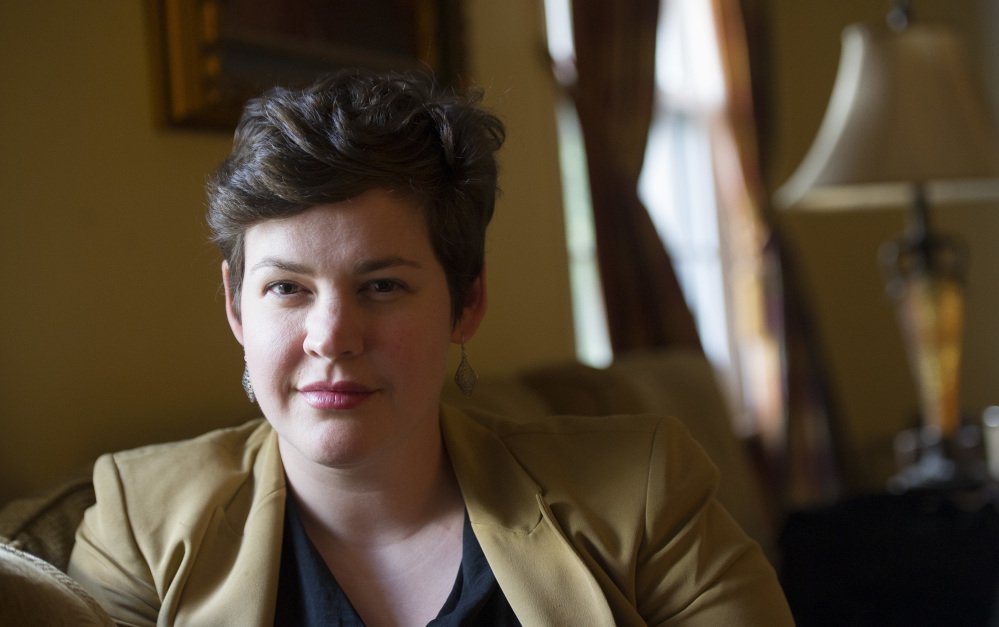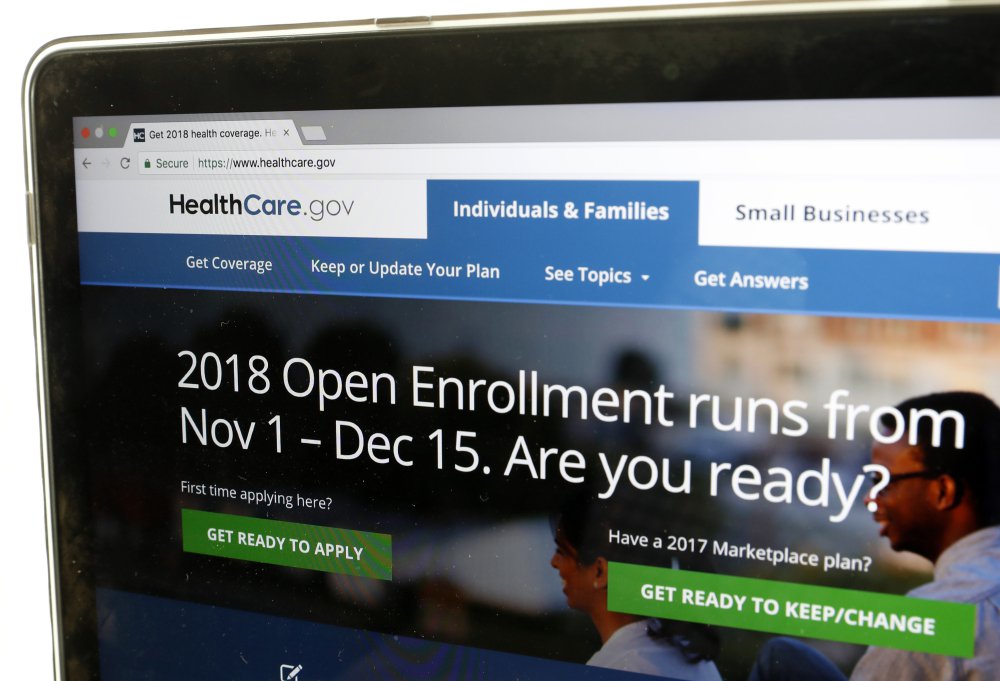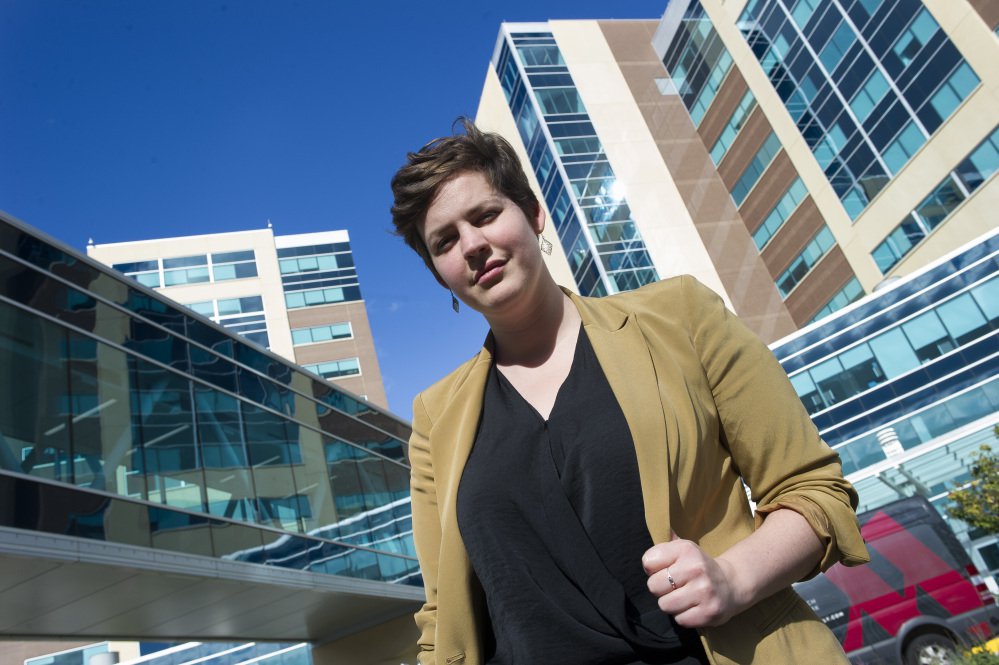WASHINGTON — It’s sign-up season for the Affordable Care Act, but the Trump administration isn’t making it easy – cutting the enrollment period in half, slashing advertising and dialing back on counselors who help consumers get through the process.
Many people already faced fewer choices and higher premiums. But President Trump’s decision to cancel a subsidy to insurers that lowers consumer costs compounded the turmoil, pushing premiums even higher.
Add it all up and the number of uninsured people may start rising again, eroding gains that drove the uninsured rate to a historic low.
“It certainly is a hostile takeover,” said health policy expert Joe Antos of the right-leaning American Enterprise Institute. “We are going to see a decline in enrollment. The people who will drop out in droves are the ones who are not getting a premium subsidy.”
Open enrollment starts Wednesday and ends Dec. 15 in most states, a sign-up period six weeks shorter than last year’s.
Nine million to 10 million people currently have private plans through the ACA’s government-sponsored markets. More than eight in 10 receive subsidized premiums and are cushioned from rate increases. Federal help paying premiums is still available despite Republican efforts to repeal the health law.
In states served by the HealthCare.gov website, premiums will go up 37 percent for a hypothetical 27-year-old picking a standard plan called “second-lowest-cost silver,” the U.S. Department of Health and Human Services said Monday.
With insurers exiting the market, about half of counties will only have one participating carrier offering plans. Eight states have only one insurer.
But subsidies for premiums are also going up – by 45 percent on average. That means current customers receiving financial help have a strong incentive to renew.
How many new people will join remains an open question, even if they’re eligible for help with premiums. New enrollees are vital because healthier, younger people are needed to keep rising premiums from destabilizing the marketplaces.
Already this year there was a big drop-off among consumers who buy individual coverage outside the government markets and aren’t eligible for premium subsidies. Their costs, however, are generally tied to rising “Obamacare” rates. Monthly premiums can be as a high as a mortgage payment in some cases.
Polls show widespread consumer confusion. Some are unsure if the health law has been repealed.
Trump administration officials say they’re aiming for smooth and efficient sign-ups. HealthCare.gov has new features intended to make it more user-friendly, and the call center is fully staffed.
Officials say they cut ads because spending so much money wasn’t warranted, and the scaled-back counseling programs weren’t enrolling many consumers. The programs take issue with that.
Consumers who already have “Obamacare” are worried.
“It’s gone beyond what I would have called the politics of the normal,” said Elizabeth Stone, a real estate agent in the Washington, D.C., suburbs. She was diagnosed with lymphoma in her mid-20s, and with treatment has kept the cancer in check for five years. She doesn’t qualify for subsidized premiums, but without the ACA she questions if any insurer would have covered her.
“People have forgotten that everyone can get sick,” Stone said. “This battle has become so politicized that they’re not thinking of the consequences for themselves, for their friends and their families.”
Karen Vied coaches people in treatment for substance abuse. She and her husband, David, live in Millsboro, Delaware, a short drive from the shore.
Vied said she voted for Trump because she believed he would deal with the opioid epidemic. Now she’s scared, she says, because she and her husband rely on their subsidized ACA coverage for treatment of her rheumatoid arthritis and his heart problems. David, a marine technician, has not been physically able to work as much lately.
“I literally wonder from day to day, am I going to have insurance next month?” said Karen Vied, who’s not yet 60. “I can’t turn around and go from paying $450 a month for premiums to $2,000. That’s just not going to happen.”
Her husband said that without insurance, one hospitalization could wipe out their home equity. “I’m not asking the government to give me insurance, but I am asking them to do what they need to make it affordable,” said David Vied. He voted for Hillary Clinton.
Trump’s own words leave little doubt where his administration stands.
“ObamaCare is a broken mess,” the president tweeted recently. And Sunday, he said: “As usual, the ObamaCare premiums will be up (the Dems own it), but we will repeal & replace and have great health care soon after tax cuts.”
While repeal remains Trump’s goal, he also abruptly stopped paying a “cost sharing” subsidy to insurers. Officials say the payments were never properly approved by Congress, although they are called for under the ACA.
Those payments offset reduced copays and deductibles for people with modest incomes, and unless they’re restored, insurers will lose an estimated $1 billion in the remainder of this year. State regulators have approved premium increases in the double digits to compensate insurers.
Despite all the problems, there’s an effort around the country to drum up enrollment. Nonprofits that don’t rely on federal grants are ramping up. Some insurers plan to pay for advertising. States running their own insurance markets remain focused on growing enrollment.
In Austin, Texas, a nonprofit that provides support services for the working poor is trying to prove Trump wrong. Foundation Communities has helped more than 22,800 enroll for coverage since 2014.
“We’re hoping to enroll about 5,000 people; of course, we have to do that in half the time,” said insurance program director Elizabeth Colvin. “Full steam ahead.”
Send questions/comments to the editors.





Comments are no longer available on this story